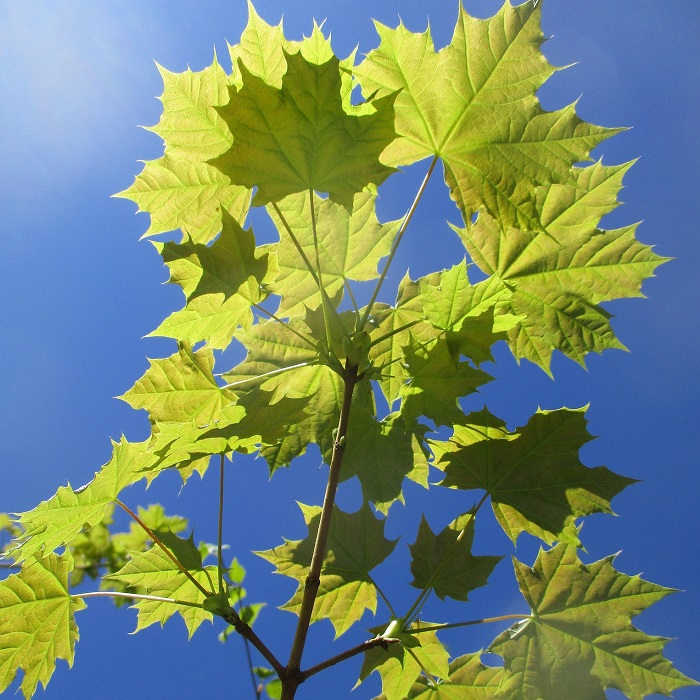UNITED STATES—Coppicing and pollarding are the most extreme of pruning techniques. They may also be among the oldest in some cultures. Yet, arborists are correct to condemn both as improper. Coppicing is the complete removal of all stems and trunks back to a stump. Pollarding is the removal of all stems back to main stems and trunks. Both procedures happen in winter, annually or every few years.
Both coppicing and pollarding stimulate vigorous and prolific cane growth during the next season. Lush foliage of such growth is useful as fodder. Foliage of pollarded mulberry is the primary food of silk worms. Canes are good kindling for the following winter. Thin canes of various species are useful for basketry. New foliage of pollarded eucalypti is useful for both essential oils and floristry.
Of course, few rely on modern urban gardens for fodder, kindling, eucalyptus oil, or basketry material.
Arborists disapprove of coppicing and pollarding because both techniques ruin trees. Many of such trees are too structurally compromised to support the weight of secondary growth after the first year. Consequently, they rely on annual coppicing or pollarding. Some trees will support their weight for a few years. Strangely though, many properly coppiced or pollarded trees live for centuries.
If it must be done, it must be done properly.
Coppiced trees generate from stumps of cut down trees. Ideally, they begin young. Grafted trees are less cooperative. They are likely to generate suckers below their graft unions. Pollarded trees get to develop their main trunks and limbs prior to their first pollarding procedure. The locations of the first pollarding cuts is very important. Subsequent pruning will be back to the same locations.
Distended ‘knuckles’ develop after repeated coppicing or pollarding back to the original pruning sites. Pruning must be flush to these knuckles. Stubs interfere with healing. Annual pruning leaves smaller wounds than less frequent pruning. Secondary growth should be able to overgrow wounds efficiently. Cutting below knuckles leaves wounds that may be too big to heal before they decay.
Highlight: Norway Maple
Japanese maples get all the notoriety. They have such delightful texture and form. Many are proportionate to small spaces, such as atriums. Realistically though, they are overrated and overused. Meanwhile, other maples that work as larger shade trees remain obscure. Norway maple, Acer platanoides, gets broad enough to shade much of an urban garden, but rarely gets to 40 feet tall.
Of course, Norway maple has innate limitations. It dislikes arid and harshly warm desert climates. Nor does it like to be too close to the coast. Los Angeles is about as far south as it wants to live. In the Pacific Northwest, it gets much bigger, and develops greedy roots. The non-cultivar species is invasive there. Norway maple defoliates neatly for winter, but then refoliates late in about April.
Almost all local Norway maples are cultivars. ‘Schwedleri’ has richly bronzed foliage. It is rare now, but was a popular street tree in the 1950s. ‘Crimson King’ has richer purplish foliage, but is less vigorous. ‘Drummondii’ displays delightful variegation. The deciduous foliage of Norway maple turns soft brownish yellow or gold for autumn. The palmately lobed leaves may be five inches wide.
Horticulturist Tony Tomeo can be contacted at tonytomeo.com.






